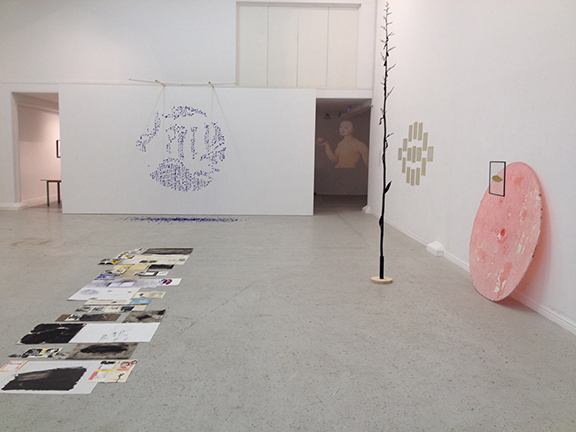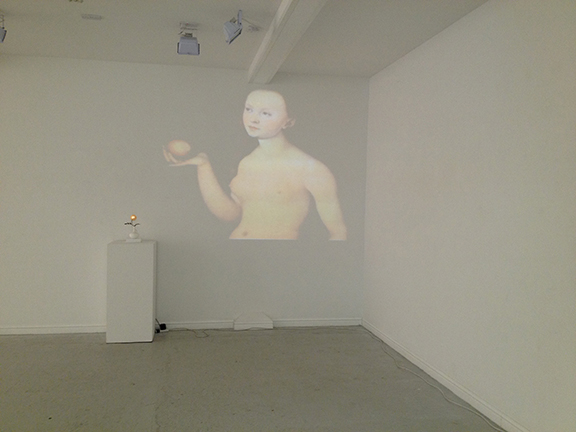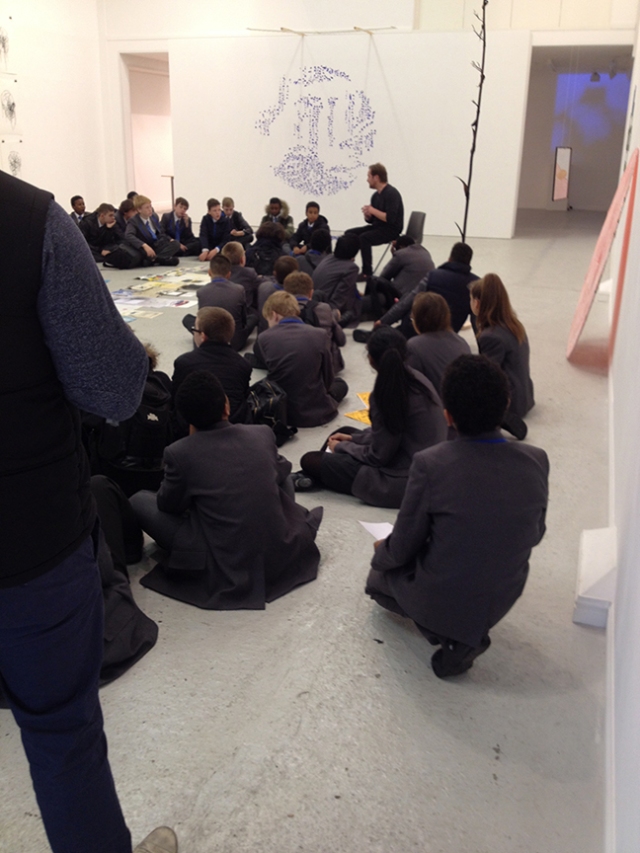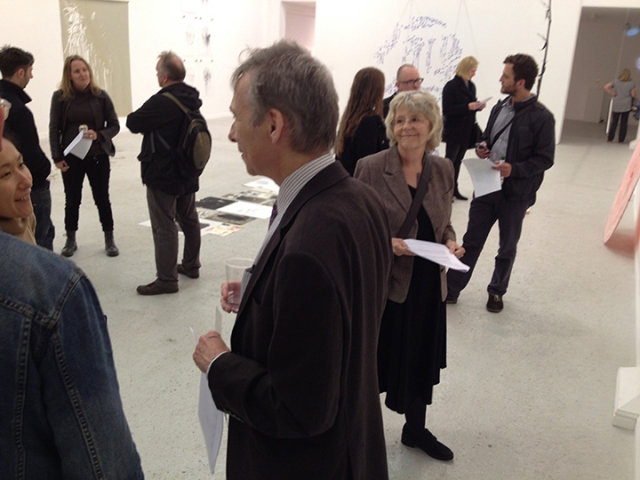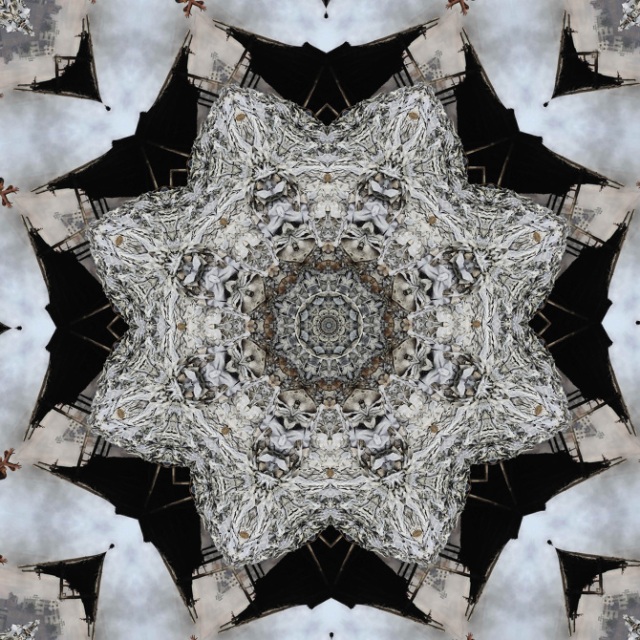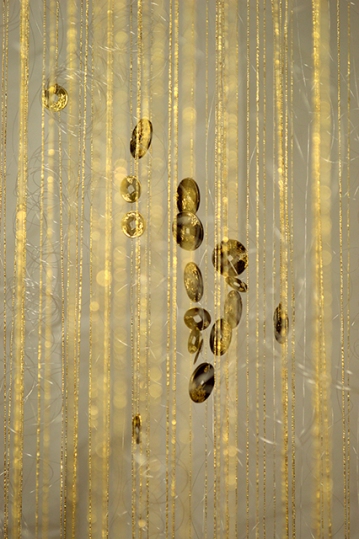
Ssshhhhh (c) Susan Francis
And the final interview in our short series, a discussion with Susan Francis. Susan is very active in her practice. She is currently involved in the touring exhibition Cicatrix, is artist in residence at Solent University, and is working on a commission with 5x5x5 Creativity which is supported by Bath Spa University. I’m very pleased she is part of RECURSIVE.
I recognise the fragile and precarious place from which Susan draws inspiration. It’s a place of transience, persistence, aggression and silence, encompassing the full range from positive to negative in human experience. It’s a place of innocence which has been compromised. Susan says,
“The two works [in this show] derive essentially from the momentary, that which, at their point of inception, were already a fleeting history. Process and presentation allows first the artist and then the viewer to lift them from their transitory lifespan, dissect and linger over their context, removed from the confines of linear time. I am interested in these fleeting moments, mundane and transitory. Not with the emotional eye of the related, but with the detached gaze of the observer. Presentation, or whatever it is an artist does, is simply an invitation to take part in that exchange.”
- You often stand outside of the subjects of your work, as a voyeur watching and observing. Why do you take this position and what role does it play in thinking about your own experiences? Do you worry that viewers may assume these are your experiences?
I suppose I haven’t intentionally taken the role of the outsider in my work but rather I feel I have naturally transferred to this position as my work has developed. It stems, I think from a range of stimuli. I grew up in Belfast in the 70’s where, despite the Troubles playing out around us, my parents kept the door firmly closed on sectarian politics and divisive cultural traditions, a step which, although taken in good faith, perhaps denied us the almost tribal sense of belonging shared by some of my peers. We neither fitted the cultural, educational or ancestral norm. We purposely took the position of outsiders.
Also I have a great draw towards narrative in my practice and every narrative, of course, requires a narrator, a position which permits a certain safe distance from which to view more subversive or emotive subject matter.
Thirdly, progression into video, which runs alongside the objects and installation, has very much allowed me to step back into the position of the voyeur, in a sense allowing me to join the onlooker behind the lens of the camera. It is a position I enjoy.
Do I worry? No.
- Is there a big difference in your mind between the work you produce with objects and the work you produce in film? Are there commonalities? And what makes you choose one medium over the other?
I can understand why this seems an obvious question to the onlooker, but as the artist, this dichotomy never really features in the process of making work. At any one time in my studio, the floor and shelves are full of objects, materials, sketchbooks full of scribbled ideas and the computer full of images, sound excerpts and gathered footage, all of which feed in and cross over within the themes I am exploring. At times film will progress to working with objects and vice versa, or, at times, remain entirely separate.
Commonalities come down to the working process, the weighing of absence against presence in installation, object against space and likewise in film, image against blank screen, sound against silence. The balance of these elements for me is critical and it is this balance that concerns me both on and off screen. But each work chooses its own media.
- Is repetition important to your work or your working method? If so, does this cause you to repress aspects of your artistic intention or does it liberate your intention?
Repetition manifests itself practically in my work less so recently I suppose but continues to linger more so in the development of a conceptual language. A background in the Protestant church (my grandfather was a vicar in the Church of Ireland) has led to an early relationship with symbolism and the transformative role of repetitive liturgy as a vehicle to understanding, so in a sense, it is a structure I am comfortable with. It has, however, the potential to bring about stagnation and I do recognise, as you say, how the use of repetition could so easily slip into a repressive force as much as a liberating one. As such I use repetition with great care and a certain amount of trepidation in my work. Recently I have been dipping in and out of Bourdieu’s Distinction which illustrates just how locked we our within the historical and social framework we were born into. At our most basic molecular level we are, after all, the product of repetitive creative structure so it seems only natural that we should create in this vein. Using it as a process to propel us forward however is where the secret lies I guess. Participating in this show will no doubt encourage us all to examine our relationship with repetition more closely which I’m looking forward to.

Clever Cow! (c) Susan Francis


